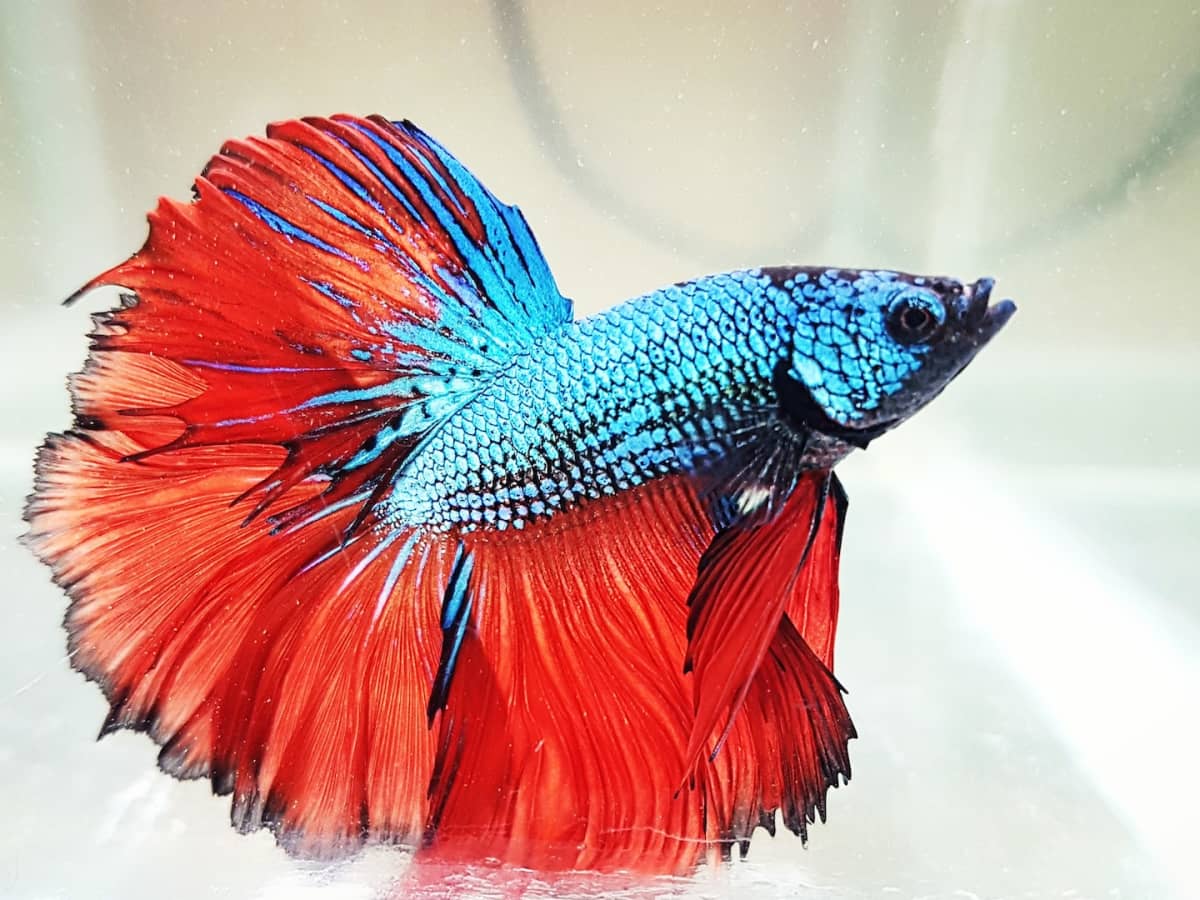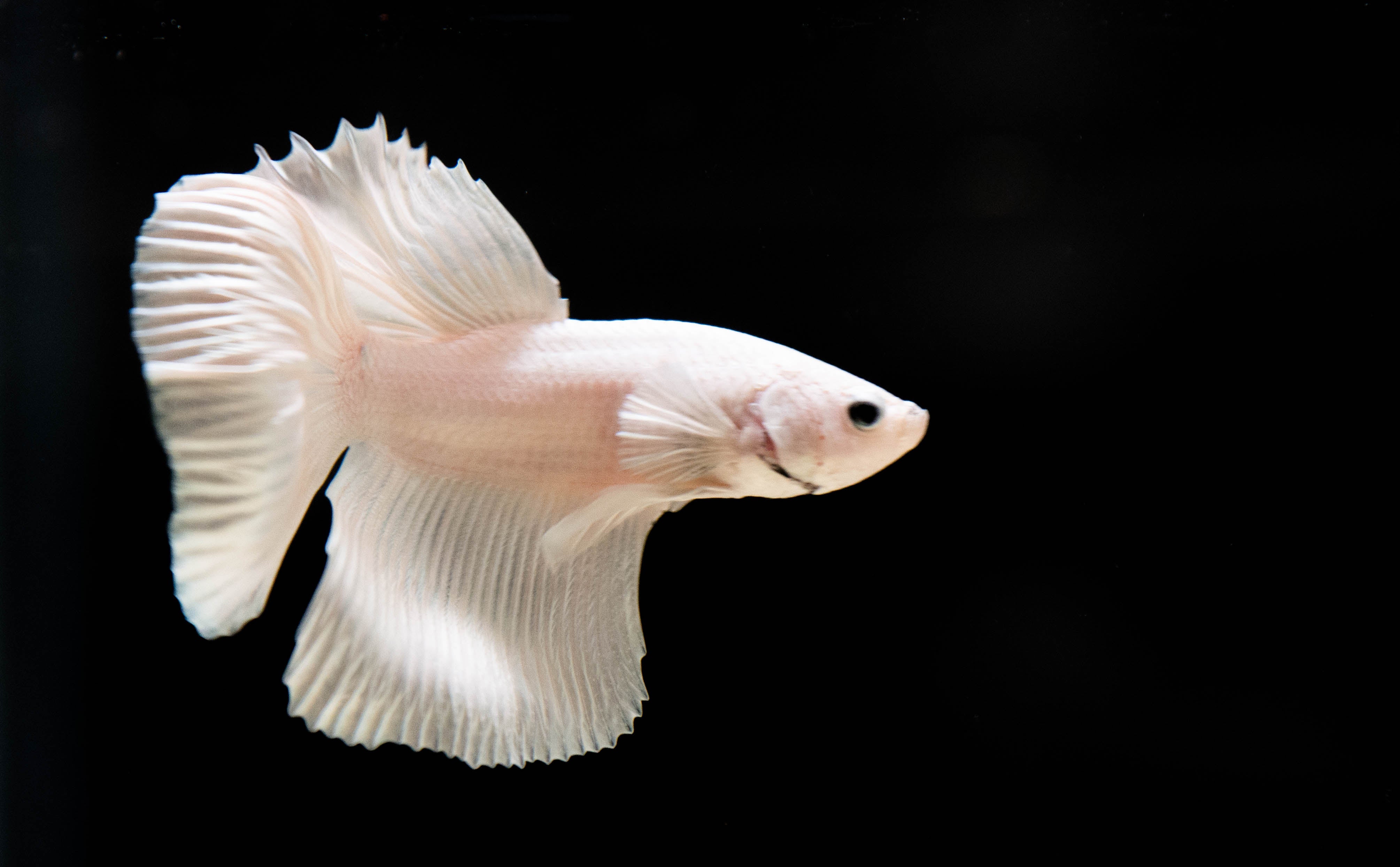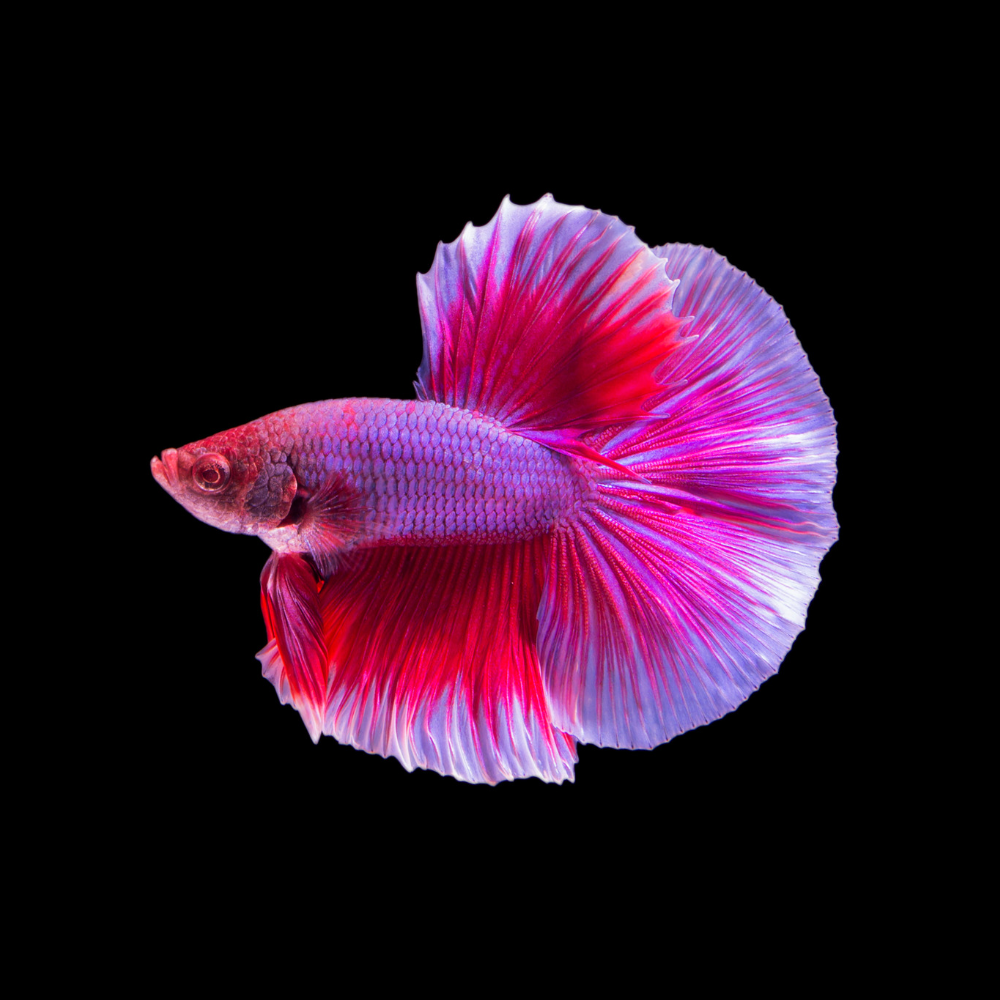Comprehending Betta Fish Actions: What Every Owner Should Know
Comprehending Betta Fish Actions: What Every Owner Should Know
Blog Article
Reproducing Betta Fish: a Comprehensive Step-By-Step Guide to Effectively Raising Baby Bettas From Eggs to Their Adult Years
Reproducing Betta fish is a thorough endeavor that calls for careful preparation and implementation to ensure the effective development of fry from eggs to develop fish. Picking genetically diverse breeding sets with desirable qualities is just the beginning; producing an optimum environment and understanding the ins and outs of the reproducing process are similarly essential. As the male Betta faithfully constructs a bubble nest and guards the precious eggs, the subsequent phases of treatment and transition need focus to detail and understanding of finest practices. Exactly how does one browse the tough yet satisfying path of supporting these vibrant creatures to the adult years?

Picking Reproduction Pairs
When starting the trip of reproducing Betta fish, selecting the right reproduction pairs is vital to achieving preferable traits and a healthy lineage - betta fish. The very first step in this process is to identify the certain characteristics you want to boost or preserve, such as color, fin type, and body shape. It is crucial to select genetically varied sets to stay clear of inbreeding, which can lead to wellness concerns and unwanted features
Review prospective reproducing candidates carefully. A healthy and balanced male Betta should show vibrant shades, an active attitude, and well-formed fins, while the female needs to also show vibrant coloration and a rounded stubborn belly, indicating preparedness for spawning. Observing the temperament of both fish is important, as aggressive or extremely shy people might not breed effectively.
Maintaining records of the moms and dad fish's ancestry can aid you track genetic traits and possible issues. Inevitably, investing time in the option process will substantially improve the likelihood of creating solid, lively spawn that fulfill your reproduction objectives.

Preparing the Breeding Tank
Developing an optimum breeding environment is a vital action after selecting ideal sets for Betta fish. The breeding tank must be particularly created to give comfort and stimulate the natural reproduction habits of the fish. Start with a container dimension of at the very least 10 gallons to make certain ample room for both the man and female Bettas.
Maintain a gentle purification system to maintain the water tidy while preventing solid currents that can stress the fish. In addition, an air stone can be included to give oxygenation without interfering with the water surface area too a lot.
Temperature regulation is essential; aim for a steady variety of 78-82 ° F(25-28 ° C) making use of a reliable heater. The pH level ought to be kept in between 6.5 and 7.5, and normal water adjustments are required to guarantee high water quality.
Integrate drifting plants or i was reading this generating mops to create hiding places for the female, while additionally motivating bubble nest building by the man - betta fish. Make sure the tank is cost-free from sharp designs and any kind of potential threats, as the welfare of the fish need to constantly be focused on throughout this important stage of breeding.
The Reproduction Process
Usually, the breeding process for Betta fish includes a series of unique and visible actions that show readiness for reproduction. The male Betta begins by building a bubble nest at the water's surface area, which serves as a website for the fed eggs. This nest is important, as it provides a safe setting for the eggs until they hatch out.
As soon read this as the nest is developed, the male will present courtship habits, such as flaring his fins and displaying vivid shades to attract the female. The lady, upon noticing the man's preparedness, will react by showing upright red stripes along her body, indicating her receptiveness.
When the women strategies, the male participates in a mating dancing, frequently causing a welcome called the "spawning." Throughout this welcome, the woman releases her eggs, which the male fertilizes promptly. The fed eggs then fall to the bubble nest, where the male carefully gathers and returns them to the nest. Following this, the male assumes duty for protecting the nest and making sure the security of the eggs till they hatch, usually within 24-36 hours. This stage is critical in the breeding procedure, laying the foundation for successful fry growth.
Caring for Betta Fry
Caring for Betta fry calls for mindful attention to their environment and nourishment to ensure healthy growth and development. After hatching, Betta fry are extremely tiny and prone, necessitating a steady and clean environment.
Feeding Betta fry is equally vital. Feed them little quantities numerous times a day, being careful not to overfeed, which can lead to water quality problems.
Transitioning to Adult Bettas
As Betta fry mature, transitioning them to adult Bettas is a critical stage that calls for mindful administration of their environment and social communications. This procedure usually starts when the fry get to around six weeks old, whereupon they can be gradually presented to a much more structured living setting.
To promote this shift, it is necessary to guarantee that the water criteria-- such as temperature, pH, and ammonia degrees-- are ideal and secure. Adult Betta fish flourish in cozy water (around 78-80 ° F) with a pH of 6.5 to 7.5. Progressively adapt the fry to these problems to lessen stress.
Social interactions are one more vital variable; male Bettas are notoriously territorial and aggressive. It is suggested to separate males into private tanks as they grow. Female Bettas can be housed with each other, however treatment should be required to check for signs of aggressiveness.
In addition, dietary adjustments ought to be made as the fry expand. Integrate top notch pellets and live foods to sustain their development and wellness. By managing these aspects efficiently, you can advertise a successful transition to adulthood for your Betta fish.

Final Thought
Successful breeding of Betta fish requires mindful attention to detail throughout the whole procedure, from selecting genetically varied pairs to supplying optimum treatment for fry. By guaranteeing appropriate reproduction conditions and preserving water high quality, the probability of healthy children boosts significantly. In addition, a balanced diet regimen and gradual adaptation to grown-up pop over to this site settings are critical for the development and development of Betta fish. Complying with these actions carefully fosters a growing population of Betta fish, improving both their health and vitality.
Report this page